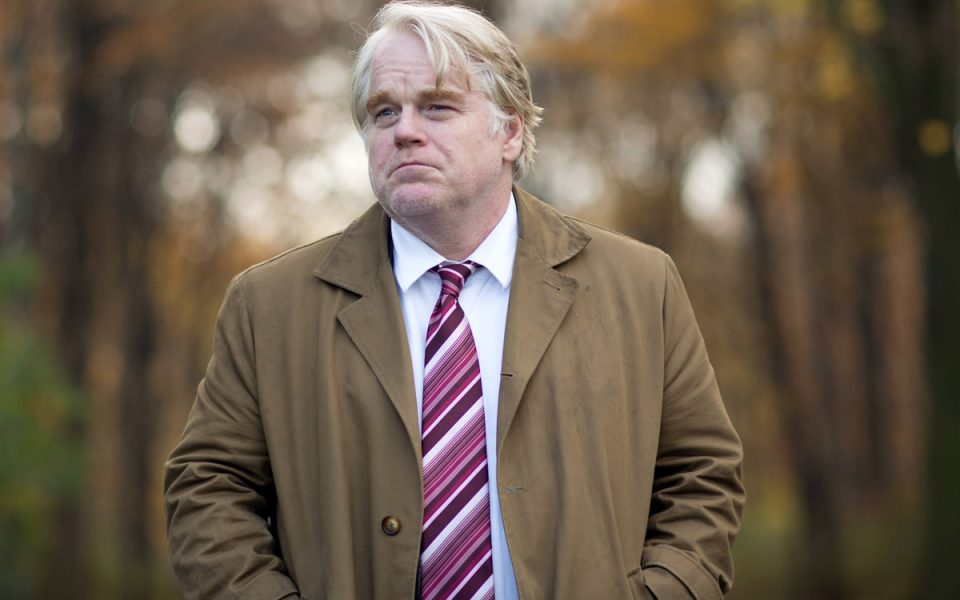by Kelly Fahey
Last Saturday, I finally ventured into Winston-Salem’s A/perture Cinema to take in the Anton Corbijn directed A Most Wanted Man, and I spent the drive back kicking myself for not visiting A/perture in my first four years in the Triad. They sell beer and show films that are actually worth seeing. This is a venue I can get behind.
A Most Wanted Man is certainly worth seeing. The void that was left in my cinematic life by Philip Seymour Hoffman’s passing has been temporarily filled. He portrayed Günther Bachmann — the heavy-drinking, cigarette-puffing German security agent — all too poignantly. Knowing the real-life demons that eventually led to his death this past February adds another later to the character.
His somewhat anti-heroic presence is reason enough to give this film a watch. I’ve always believed that every role filled by Hoffman, be it a lead or supporting one, was the highlight of any film in which he performed.
[pullquote]Knowing the real-life demons that eventually led to his death this past February adds another layer to the character. [/pullquote] In so many words, A Most Wanted Man is a spy film, but not your typical James Bond spy film, chock-full of unrealistic kung fu fighting and chase scenes. It’s a real look into the overall paranoia surrounding militant Islamic groups, and some of the pitfalls that security agents fall into while attempting to deal with terrorist threats.
While Bachmann is technically the film’s protagonist, Issa Karpov, portrayed by Grigory Dobrygin, could be considered a protagonist as well. This is surprising because Karpov is the “most wanted man” in the film. As a viewer, you aren’t totally sure whether Karpov, a Chechen Muslim, is an innocent man who has gotten himself in over his head or a dangerous militant.
This type of moral ambiguity is a modern day spin on classic film noir like The Big Heat or Double Indemnity. The real protagonists in the film are American security agents; they seem to be the only thing getting in the way of Bachmann dealing with Karpov the way that he deems fit. The film features roles by other familiar faces such as Rachel McAdams, Willem Dafoe and “House of Cards”’ Robin Wright.
Although I came to see Hoffman’s posthumous role as Günther Bachmann, I left more intrigued with the camera work of Anton Corbijn, a Dutch photographer-turned-director relatively new to feature-length film directing. His short filmography includes the 2007 biopic Control, recalling the life of Joy Division front man Ian Curtis, and the 2010 George Clooney picture The American. Corbijn’s background as a still photographer comes through heavily in A Most Wanted Man. His hand-held camera often lingers on shots that are completely devoid of actors, and certain scenes feature masterful framing using stark contrast and vertical lines to make a shot look more like an Edward Hopper painting than a film.
My only negative criticism: The film played out a little slowly. Yet, according to Anton Corbijn, this was a desired effect. Corbijn’s particular brand of filmmaking is very European, and he wanted to make a European spy film. This is exactly why Corbijn focuses on the mundane and tedious aspects of being a spy in the war against terror rather than falling back to the old faithful American method of making spy movies: explosions ad nonstop action. These are the things that typically drive me away from spy movies. Luckily, A Most Wanted Man avoids these clichés and attempts to take spy films in a new direction.
Join the First Amendment Society, a membership that goes directly to funding TCB‘s newsroom.
We believe that reporting can save the world.
The TCB First Amendment Society recognizes the vital role of a free, unfettered press with a bundling of local experiences designed to build community, and unique engagements with our newsroom that will help you understand, and shape, local journalism’s critical role in uplifting the people in our cities.
All revenue goes directly into the newsroom as reporters’ salaries and freelance commissions.


Leave a Reply